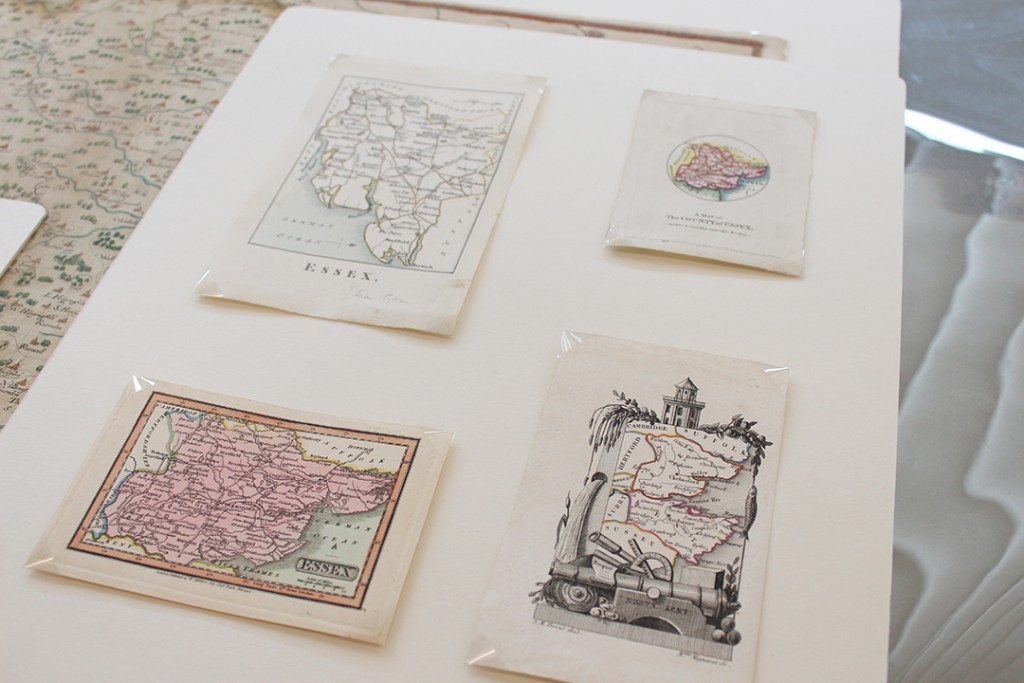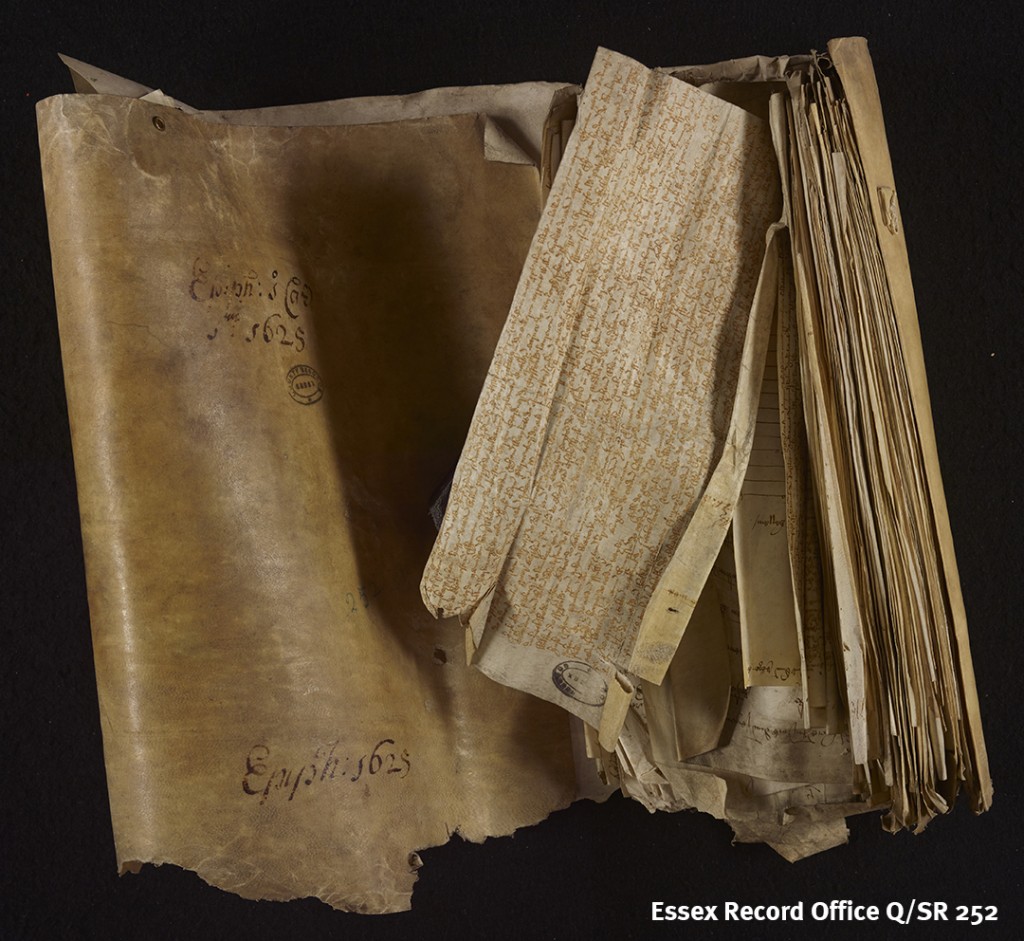Sarah-Joy Maddeaux, You Are Hear Project Officer
What does a library sound like in 2016? A zoo, apparently.
[soundcloud url=”https://api.soundcloud.com/tracks/258945067″ params=”auto_play=false&hide_related=false&show_comments=true&show_user=true&show_reposts=false&visual=true” width=”100%” height=”150″ iframe=”true” /]
Stereotypically, libraries are quiet places, where everyone must speak in hushed tones. They are places for reading and studying, solitary activities that create minimal noise and require a calm, peaceful environment. But is that still what is required of a twenty-first-century public library in the middle of a busy city?
Unfortunately the Essex Sound and Video Archive does not have many recordings of what libraries sounded like in the past. To rectify this for future generations, I spent a day in Chelmsford Library, capturing the different soundscapes over the course of the nine and a half hours when it was open to the public. All the recordings were made on Tuesday, 5 April 2016: a beautiful sunny day during the school Easter holidays. I was using only a handheld Zoom H1 digital recorder (recorded as wav files and later converted to mp3s).
I arrived at the Library shortly before it opened at 9:00 am. I expected to be the first one at the door. I expected to have plenty of time to establish myself in the best location before the general public started to trickle in and create noise. But there were already people waiting at the door to get in, mostly students intent on studying for looming exams. From the start of the day to the very end, I was never the sole member of the public inside.
By the time I had set up my equipment and started to record about half an hour later, the Library was already a busy hive of activity. Among other things, a member of staff agrees to put up a community notice: the Library serves as an information point about local activities.
[soundcloud url=”https://api.soundcloud.com/tracks/258945064″ params=”auto_play=false&hide_related=false&show_comments=true&show_user=true&show_reposts=false&visual=true” width=”100%” height=”150″ iframe=”true” /]
At first, I sat on a chair placed halfway between the front doors and the issue desk, opposite the self-issue machines. Periodically you can hear people using the machines, returning books into the bins provided. But you can also hear the ding of staff issuing books at the desk, followed by the more traditional stamp as they put the due date in the book: here they are not insistent on people using the self-issue machines.
[soundcloud url=”https://api.soundcloud.com/tracks/258945061″ params=”auto_play=false&hide_related=false&show_comments=true&show_user=true&show_reposts=false&visual=true” width=”100%” height=”150″ iframe=”true” /]
In the early afternoon, I worked upstairs. It being exam season, these study desks were almost all occupied. Though some of the noise travelled up, and a siren infiltrated the windows from outside, this area provided something of the peace and quiet traditionally associated with libraries, allowing people to focus on their work.
[soundcloud url=”https://api.soundcloud.com/tracks/258945057″ params=”auto_play=false&hide_related=false&show_comments=true&show_user=true&show_reposts=false&visual=true” width=”100%” height=”150″ iframe=”true” /]
Later in the day, I worked by the public access computers. This area was even quieter: perhaps because it was later in the day and there were fewer people in the library, or perhaps because it was shielded from the general activity in the open area. Surprisingly, there were few technological noises, such as dings and beeps of error messages. There was only an occasional burst of typing: perhaps less than there would have been thirty years ago, when operating systems relied more on keyboards than mice? There is also the unmistakeable, clean sound of someone opening a fizzy drink: the library has an amenable policy of allowing people to drink inside, even by the computers: something my mother never allowed her IT students to do (nor her children at home).
[soundcloud url=”https://api.soundcloud.com/tracks/258945053″ params=”auto_play=false&hide_related=false&show_comments=true&show_user=true&show_reposts=false&visual=true” width=”100%” height=”150″ iframe=”true” /]
Different activities took place over the course of the day. A read-aloud book group meets once a month to enjoy reading together, as well as discussing the text. They are currently working their way through Simon Armitage’s Walking Away, and, after reading for a time, they broke into a discussion of Armitage’s prose versus his poetry.
[soundcloud url=”https://api.soundcloud.com/tracks/258945052″ params=”auto_play=false&hide_related=false&show_comments=true&show_user=true&show_reposts=false&visual=true” width=”100%” height=”150″ iframe=”true” /]
The Library’s sensory wall was also open in the morning, in the children’s section. This is actually a corner: two walls full of gadgets that produce different sounds and lights, touchy-feely parts with different textures, mirrors, and play-things. It was fun watching the children interact with each other and the wall.
[soundcloud url=”https://api.soundcloud.com/tracks/258945049″ params=”auto_play=false&hide_related=false&show_comments=true&show_user=true&show_reposts=false&visual=true” width=”100%” height=”150″ iframe=”true” /]
Elsewhere in the children’s section, the Library proved that it is still about reading. Listen out for the sound of a woman reading a book aloud to a captive audience.
[soundcloud url=”https://api.soundcloud.com/tracks/258945045″ params=”auto_play=false&hide_related=false&show_comments=true&show_user=true&show_reposts=false&visual=true” width=”100%” height=”150″ iframe=”true” /]
The Library provided so much enjoyment that for one boy it was a devastating blow when he was told that the back end of the children’s section had to be closed off for a private booking.
[soundcloud url=”https://api.soundcloud.com/tracks/258945043″ params=”auto_play=false&hide_related=false&show_comments=true&show_user=true&show_reposts=false&visual=true” width=”100%” height=”150″ iframe=”true” /]
The different soundscapes of all these different activities come together into one great crescendo of noise when you stand on the stairs. Children, adults, machines working and playing – mixed with the conversations you can hear from County Hall offices that adjoin the Library – create a busy atmosphere. There are no librarians demanding quiet here.
[soundcloud url=”https://api.soundcloud.com/tracks/258945040″ params=”auto_play=false&hide_related=false&show_comments=true&show_user=true&show_reposts=false&visual=true” width=”100%” height=”150″ iframe=”true” /]
The 1850 Public Libraries Act was the first piece of legislation granting town councils the right to use money raised through rates on the establishment and running of a public library facility. There were restrictions: it only applied to boroughs with a population of over 10,000, and they could only spend a set proportion of the rates on libraries (the legislation was extended to smaller towns and even parishes by the 1855 Public Libraries Act). Significantly, any such library would have to operate on the basis of free admission.
The use of library spaces has undeniably changed in the last 150 years, with a resulting impact on the sounds you hear inside. There is less whispering and rustling of pages. Libraries now offer more than books and study spaces: from public computers (increasingly important to combat digital exclusion) to social groups; meeting spaces to play rooms. We can speculate about how libraries will change in future, and how this will affect the soundscapes. Nevertheless, the service they provide remains true to the original purpose of the act: providing facilities ‘for the Instruction and Recreation of the People’.
The soundscape at Chelmsford Library did get gradually quieter over the course of the day. By the time I returned to the stairs at around 6:15 pm, the children had gone home, the students had packed up for the day, and the few people remaining were quickly checking out books and printing off documents before the Library shut. Staff went through the closing-up routine on computers and machines. It was noticeably quieter. That stereotypical hush had finally descended on the Library, but creating an aura of settling down to sleep and preparing for another busy day the next day.
[soundcloud url=”https://api.soundcloud.com/tracks/258945030″ params=”auto_play=false&hide_related=false&show_comments=true&show_user=true&show_reposts=false&visual=true” width=”100%” height=”150″ iframe=”true” /]
Perhaps this one last clip is sufficient to demonstrate the valuable role that public libraries continue to play.
[soundcloud url=”https://api.soundcloud.com/tracks/258945023″ params=”auto_play=false&hide_related=false&show_comments=true&show_user=true&show_reposts=false&visual=true” width=”100%” height=”150″ iframe=”true” /]
I echo this customer’s thanks: I am very grateful to the staff at the library for facilitating my recording visit.
Does your local library sound different? What about your college or university library, or an institutional or workplace library? We want to add the soundscapes you experience to our audio map of Essex Sounds, created as part of the Heritage Lottery Funded You Are Hear project. You can find instructions on our ‘contribute’ page, or get in touch to ask for more information.
You can listen to all of these clips, finishing with a more extended version of the recordings, on our Soundcloud channel here.













